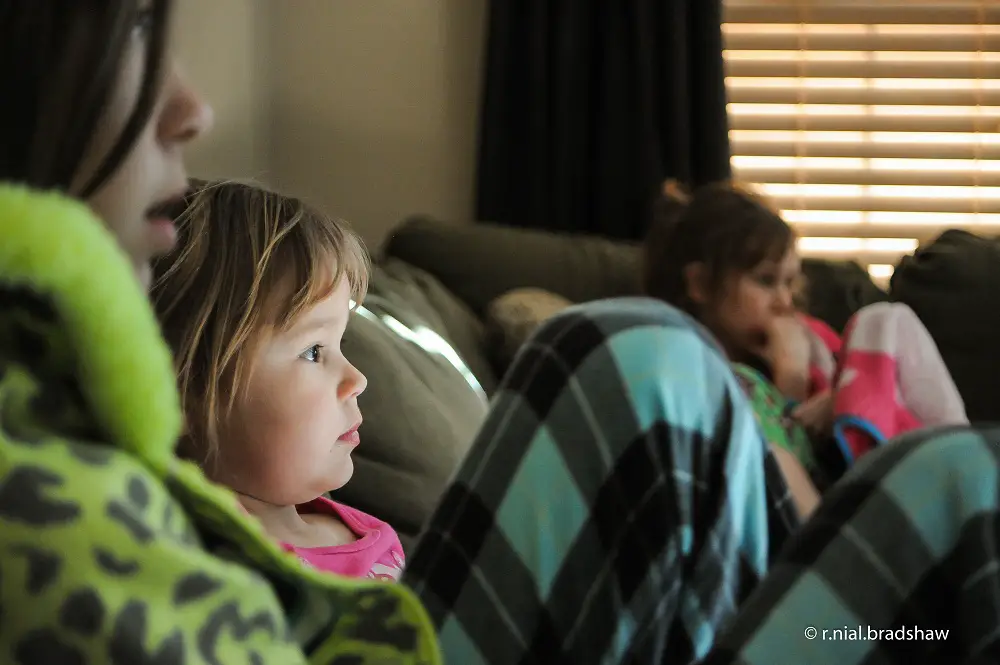Cultivation theory or Cultivation hypothesis or Cultivation analysis was developed by Professor George Gerbner.
Gerbner developed this theory on the basis of his mid-60’s research project on ‘cultural indicators’. The research was conducted to find out how watching television affects viewers’ perception.

In 1976, Gerbner along with Gross expanded the theory and included media effects while focusing on television. They published their research in Journal of Communication under the title ‘Living with television: the violence profile’.
The theory tried to understand how media affects people’s perception. According to the research, media cultivates and shapes viewers perception of social reality.
Cultivation theory is different from other theories like agenda setting and framing. Agenda setting and framing theories talk about media created behaviors. The focus of cultivation theory is the spontaneous influence on the viewers.
Viewers are said to be cultivating behaviors by watching virtual and fictional things from television.
Concepts in Cultivation Theory
The more someone watches television, the more he/she is influenced by media. These kinds of people are most vulnerable to media messages and agendas. They believe whatever media claims to be true and accurate. Media does not let there be much difference between real and virtual. And, even fictions are taken to be real.
People who watch television for less than 4 hours a day are light viewers. And, people who watch television for 4 or more hours a day are heavy viewers.
According to this theory, television has long-term effects. So it is regarded to be the most used tool in this theory. It creates patterns and models on the fake realities of the world.
For example: Educated people tend to watch less television and are less influenced by what is shown on it. However, this does not apply to those who are heavy viewers.
Media is likely to expose people to violence and negativity. As a result, people become afraid to face the world. They start developing a mental condition called Mean World Syndrome and perceive the world to be mean to them.
Cultivation is divided into two parts:
First Order: It is an individual’s belief about the world in general.
Second Order: It is an individual’s specific beliefs and attitudes towards other individual or group of individual.
Features of Cultivation Theory

- People believe whatever is shown in media unconsciously.
- Media is used to maintain status quo.
- Media influences attitudes, beliefs, meanings and perception in a society.
- Media has the most persuasive power in society.
- Television has long-term indirect but significant effects.
- Media shapes what people think.
- Mean World Syndrome is the result of televisions’ portrayal of violence.
Examples of Cultivation Theory
Mean World Syndrome
A study was conducted in 450 school going children of New Jersey. They had been categorized into heavy viewers and light viewers on the basis of their television viewing time.
The results were:
- heavy viewers were more afraid of going out alone at night in comparison to light viewers
- when asked to estimate the number of crimes that happen in a week, heavy viewers over-estimated the number
This effect of media was called ‘Mean World Syndrome’.
Harry Potter
Alliance of Potter-heads can also be taken as an example of cultivation theory. People know that Harry Potter world does not exist but they still root for it. They relate to the characters and take that world as a part of their reality. There are millions of people who follow every new happening related to Harry Potter.

Other examples
- People from Australia who watch US television series get an image that their own country is dangerous than the US. They also perceive that more people in Australia are substance abusers than in US.
- Television shows young people from African origin to be involved in petty crimes and drug use.
- Incorrect generalization of the behaviors of members of LGBTQ community have encouraged discrimination against them.
- Television has created a mindset in people that females are supposed to be pretty and with lots of make-up. This has encouraged teens and young girls to follow what they see.
- Patriotism promoted by television has caused many wars within and among countries. Marginalization and discrimination is also promoted by media.
Criticisms of Cultivation Theory

- The theory is criticized for being oversimplified as social relationships are complex.
- The theory focuses on television only and have not considered effects of other media and human experiences.
- There is no mention of social situations affecting media portrayal of images.
- More fearful people can be watching more television and not the opposite.
- Other studies have shown that change in variables like age, location, education and sex could have removed cultivation effects.
- People rarely compare others in social situations with people on television.
- It is also criticized on being entirely about the US and not getting similar results in Britain.
- Most people do not believe what they see on television.
- Content and choice of programs also change cultivation in people.
